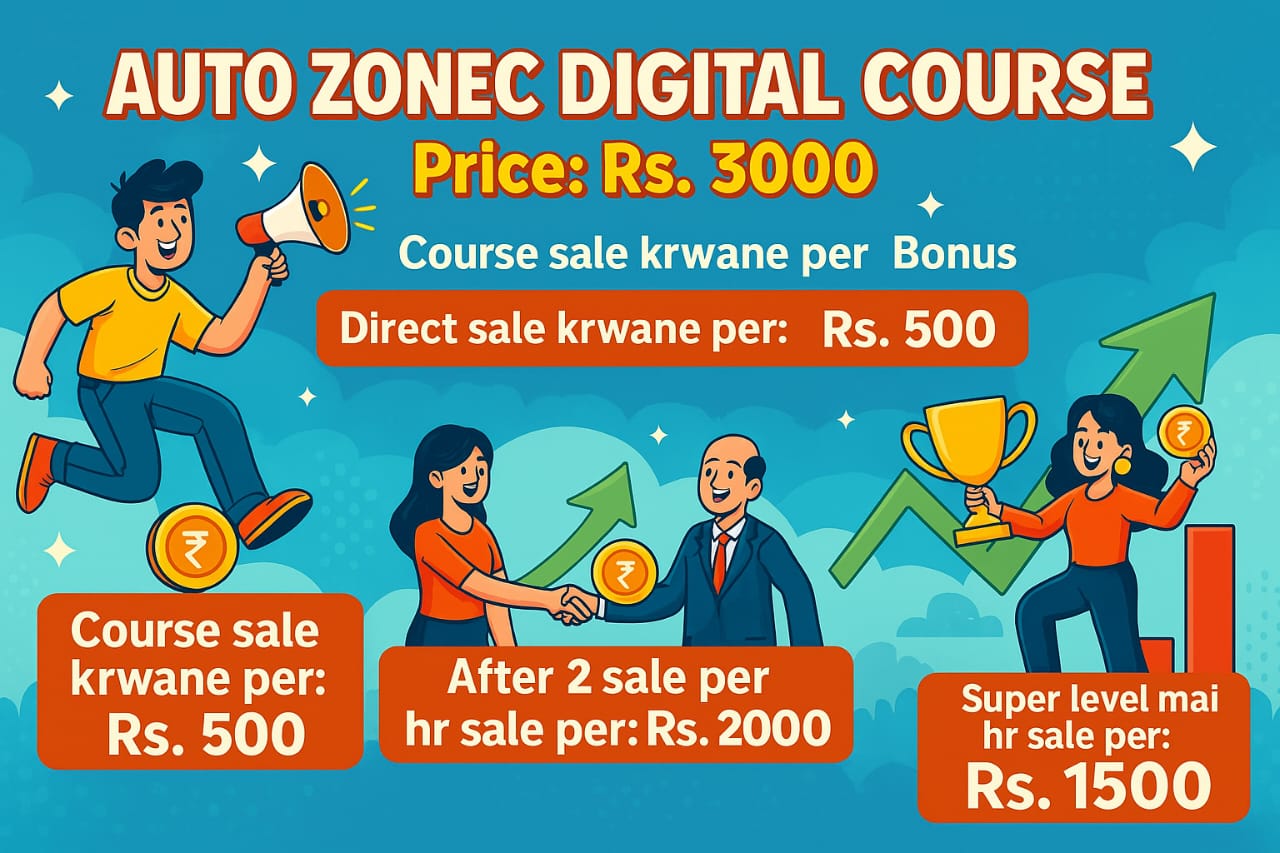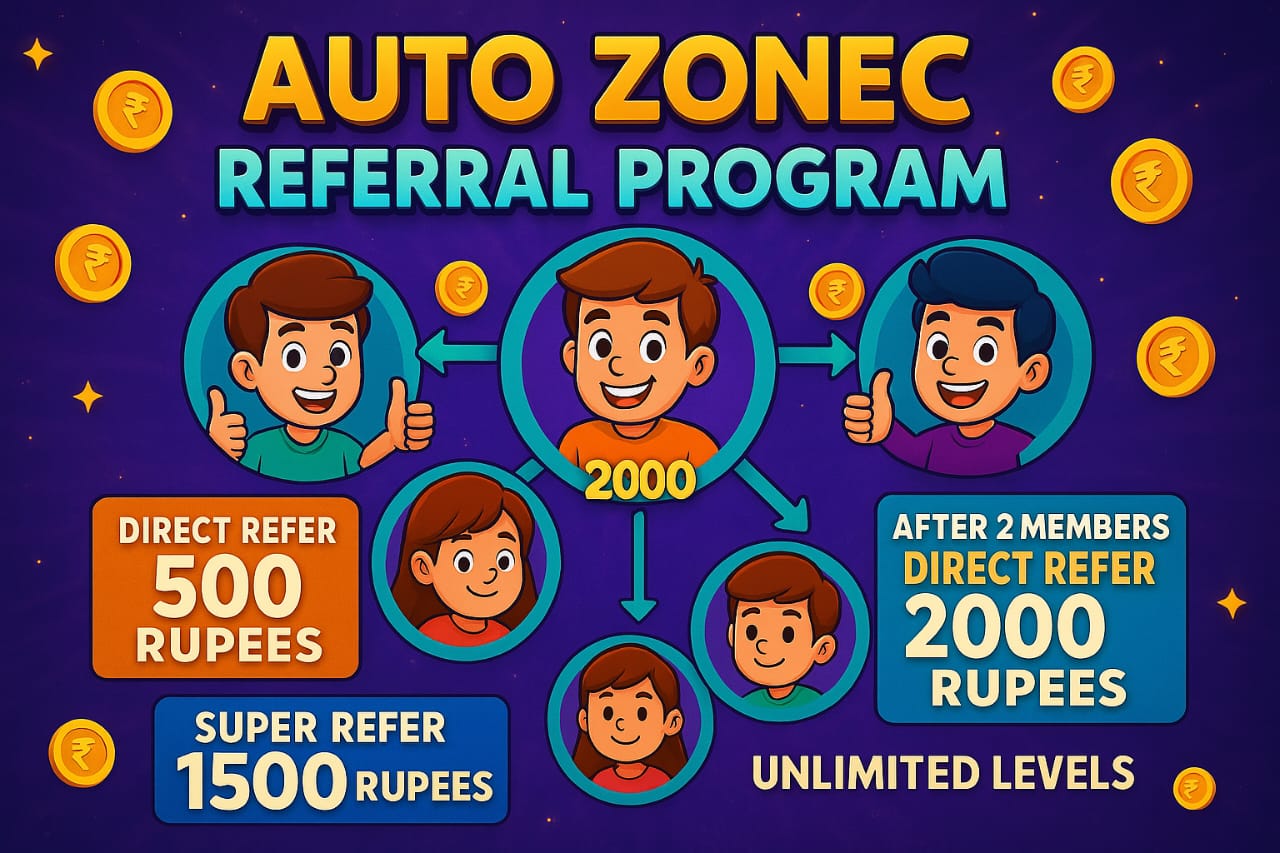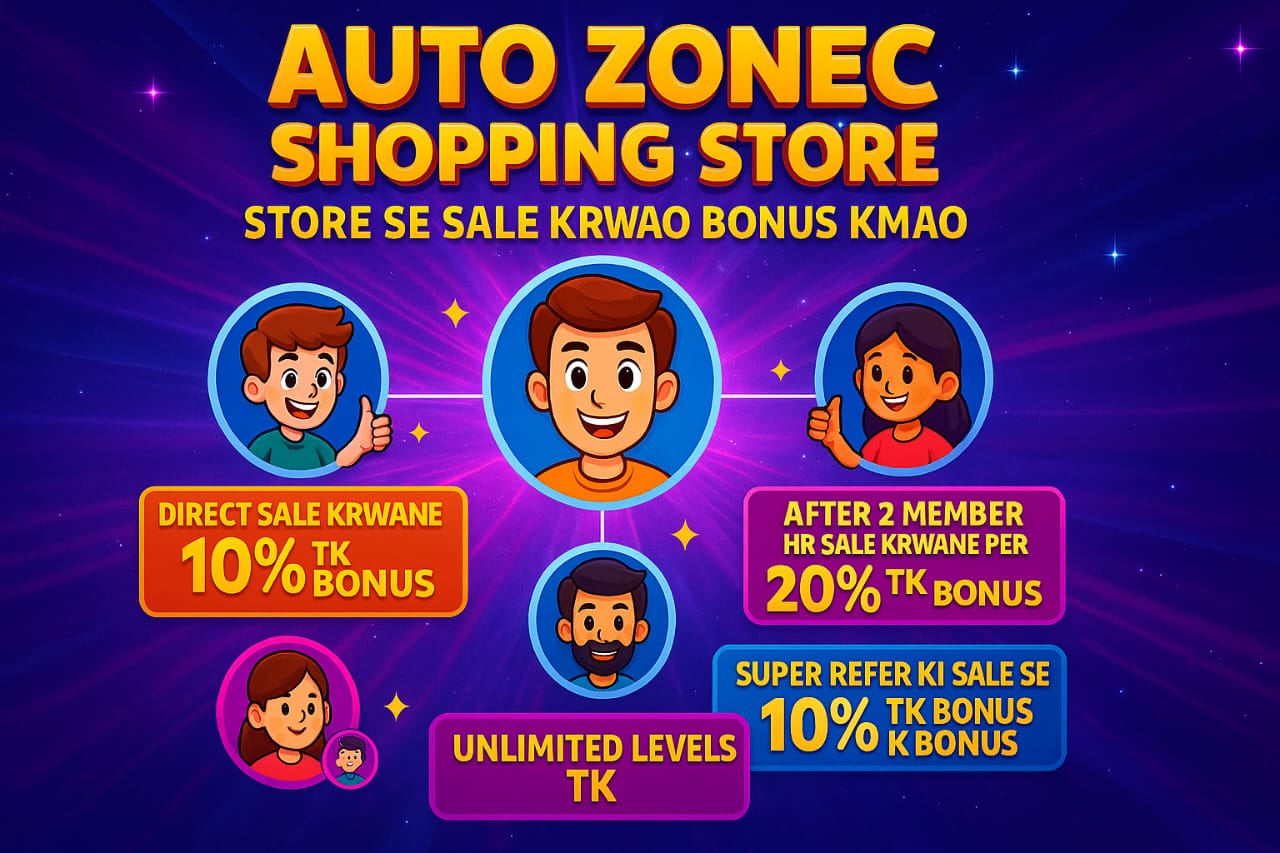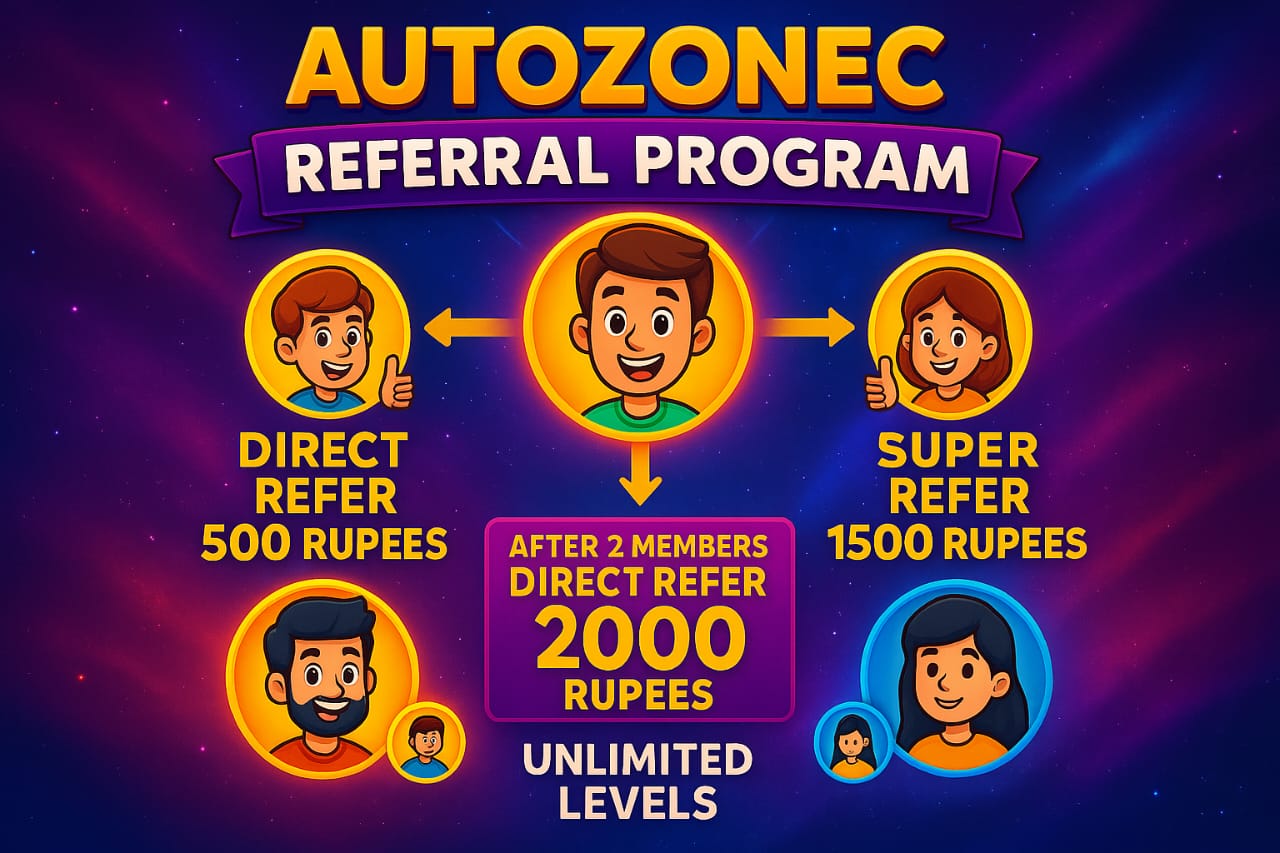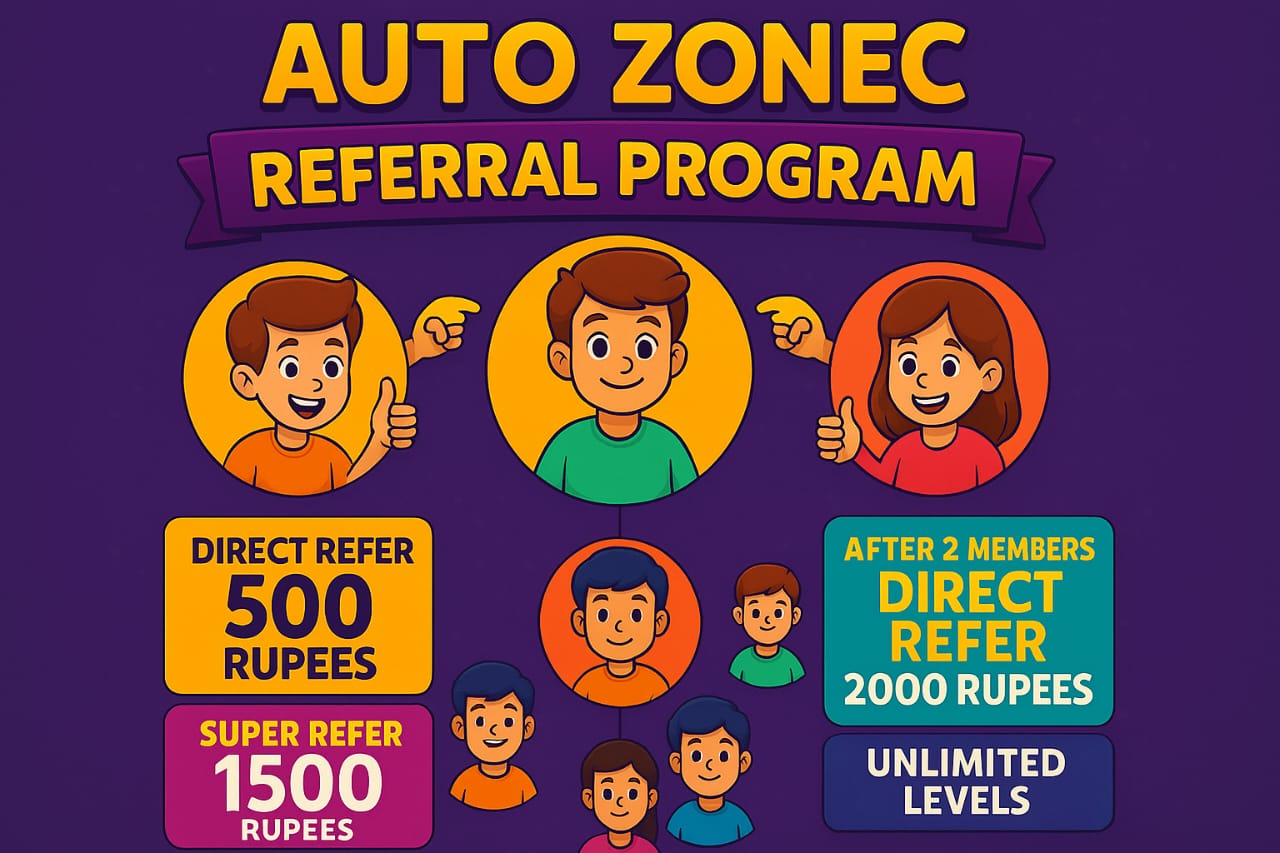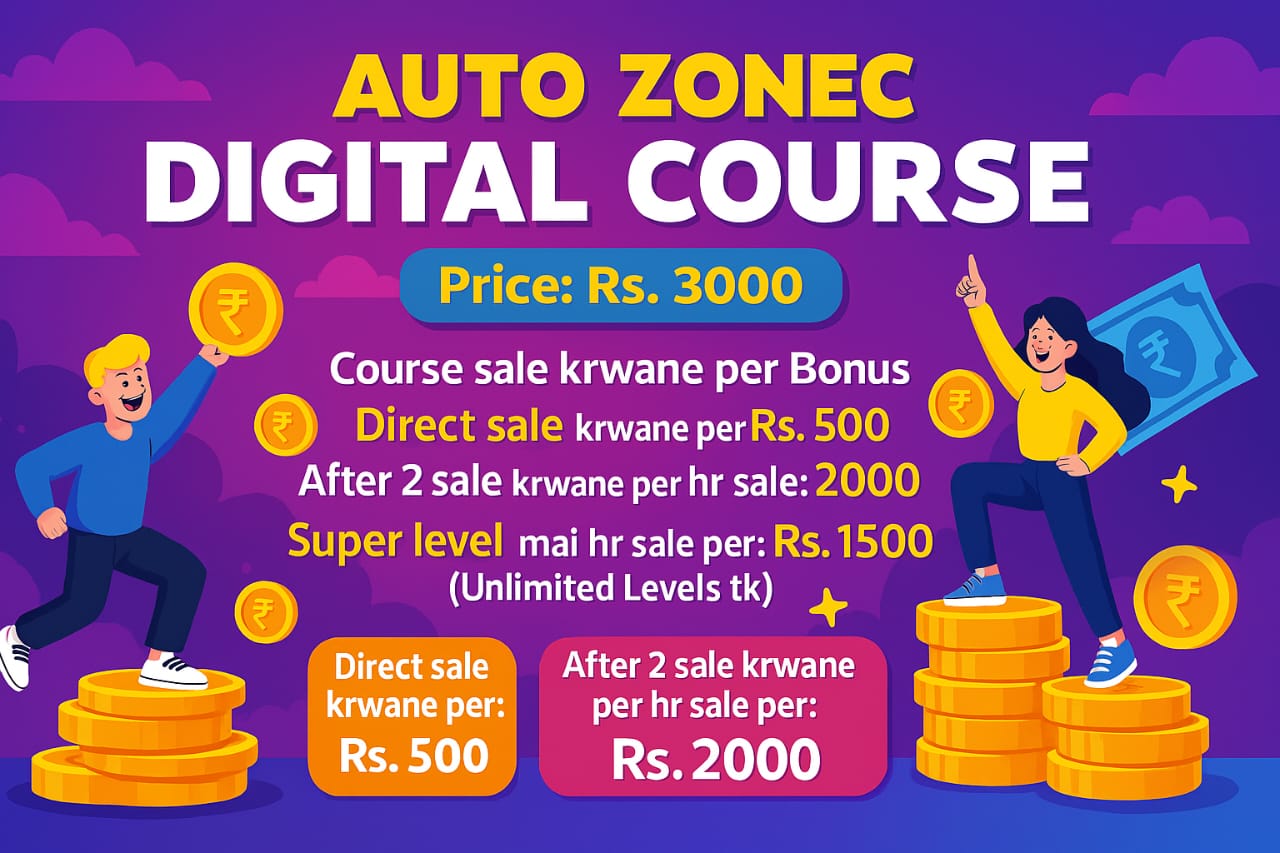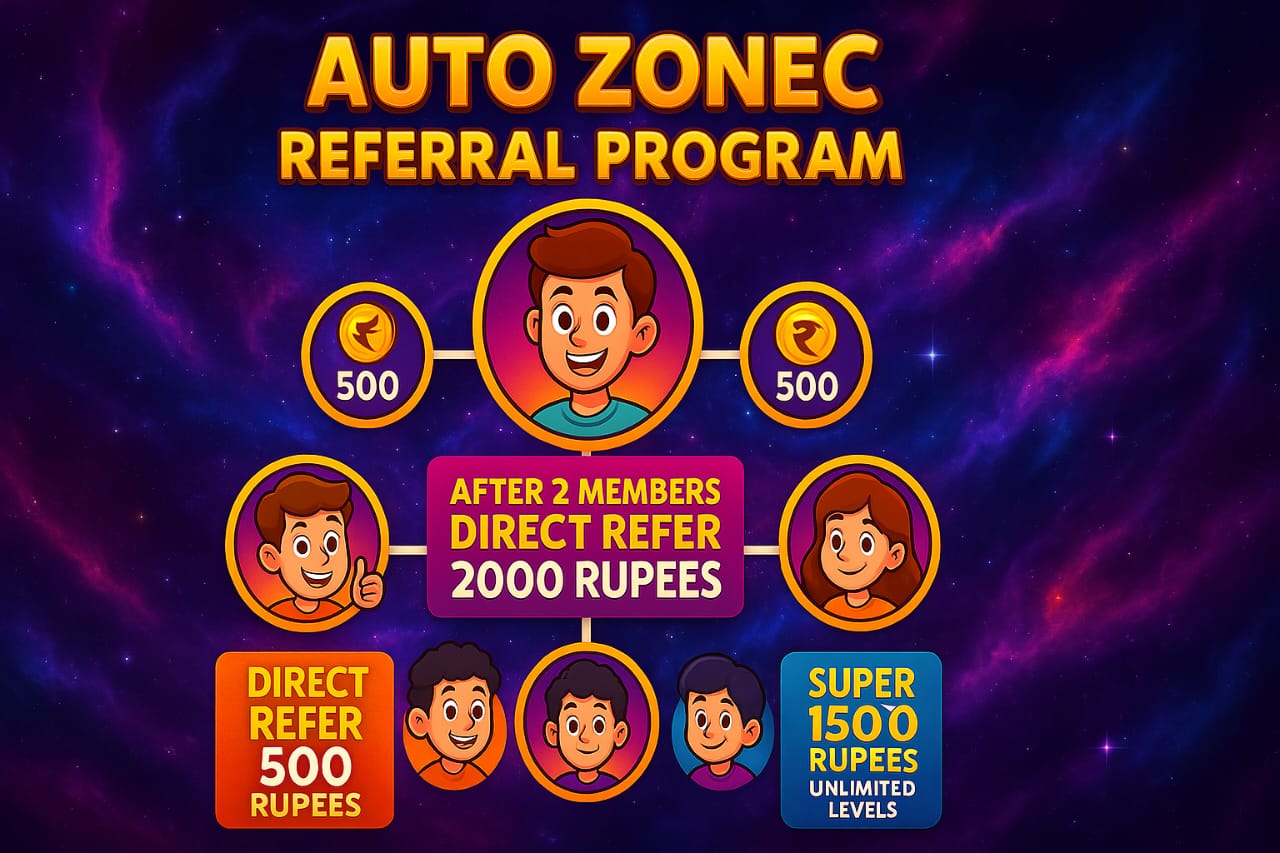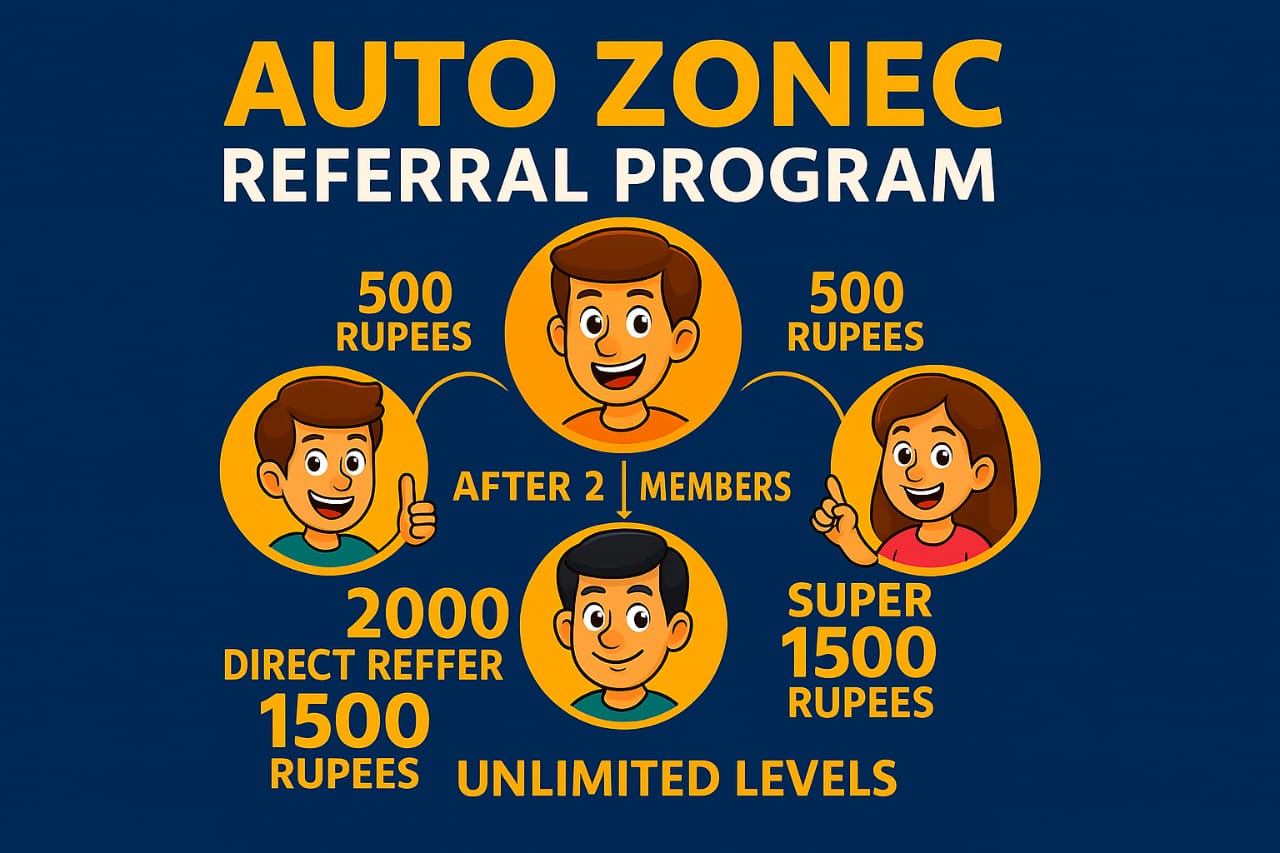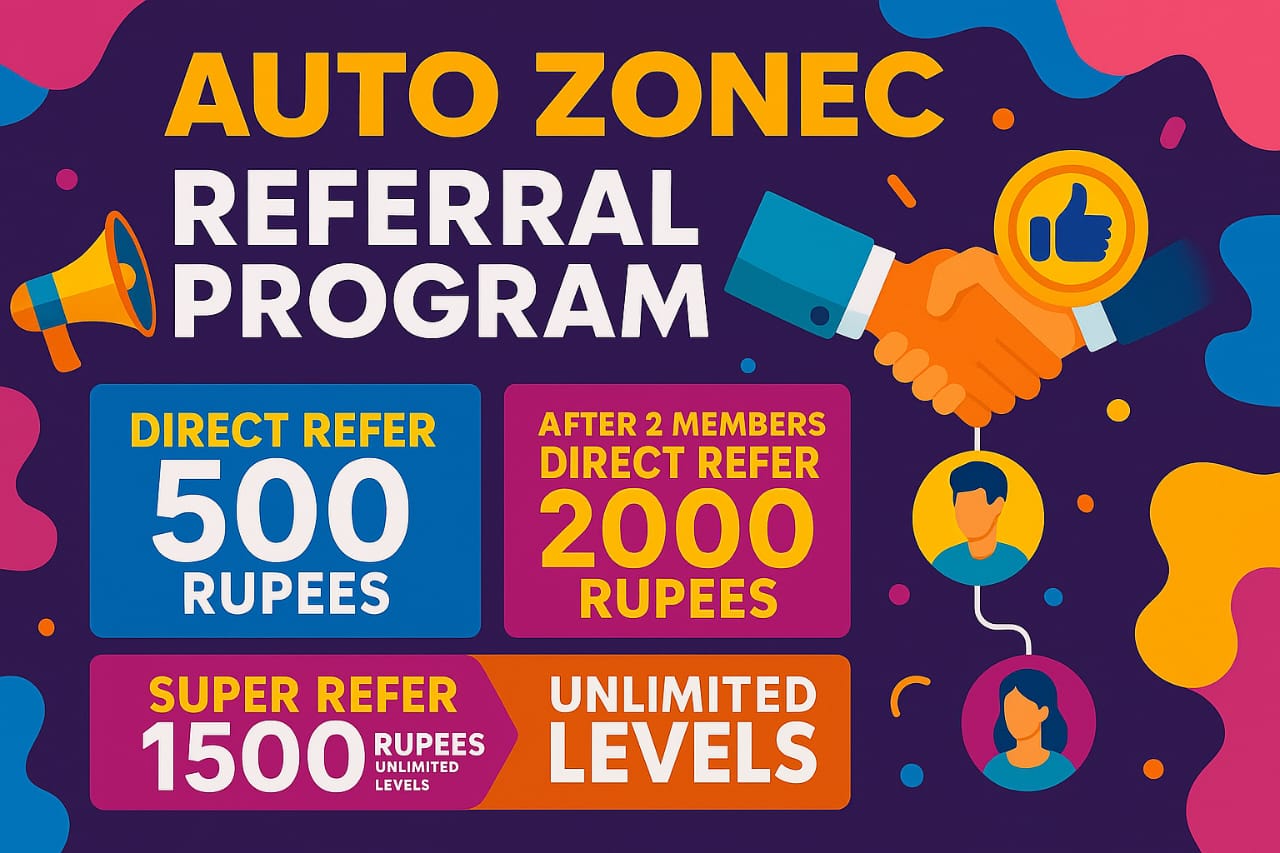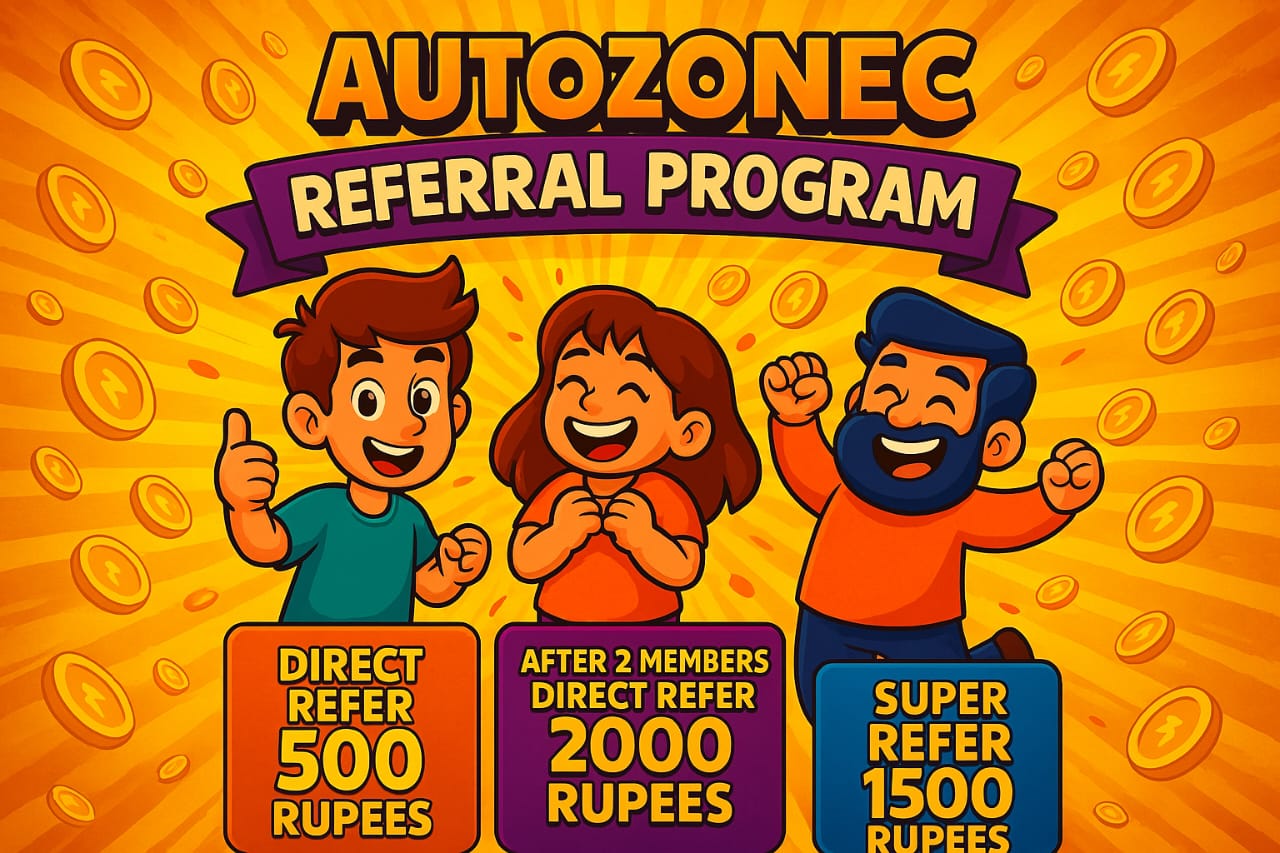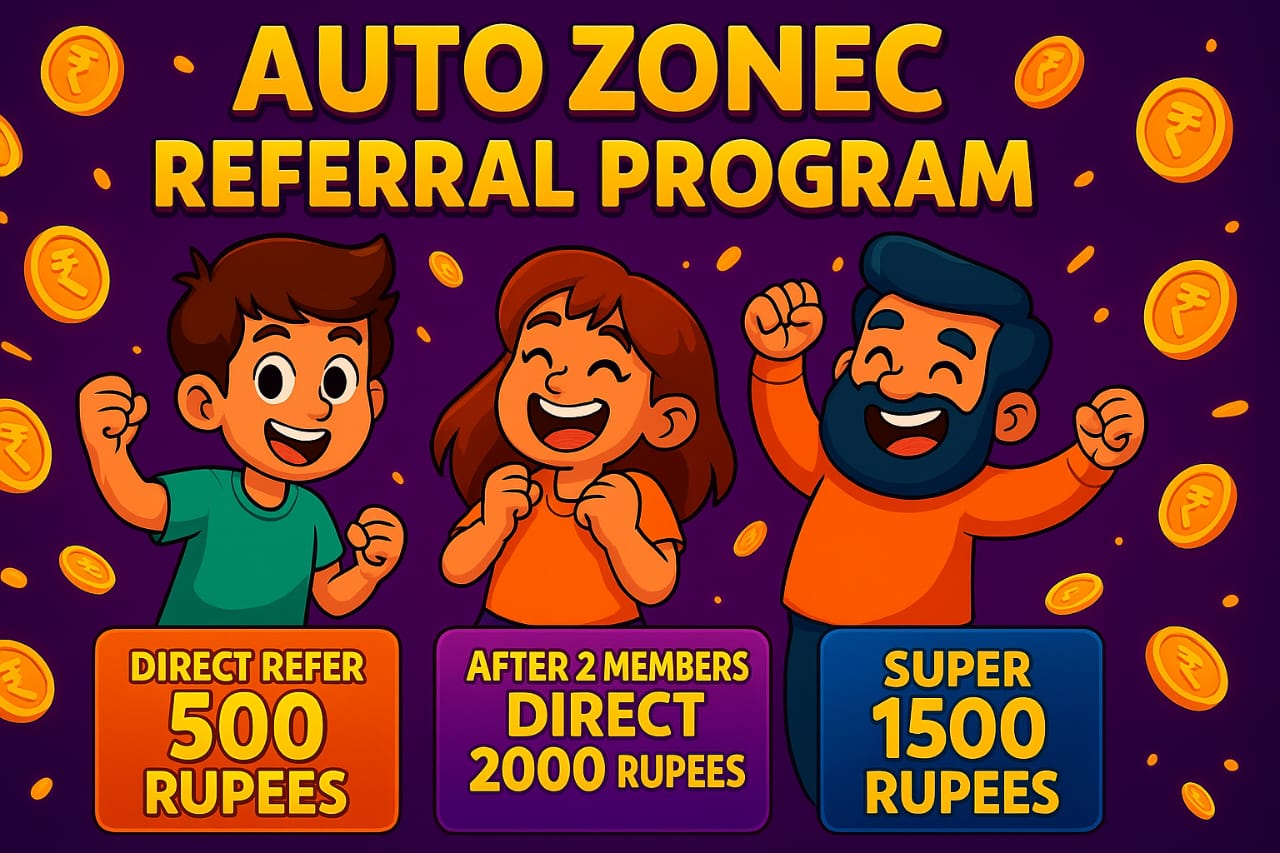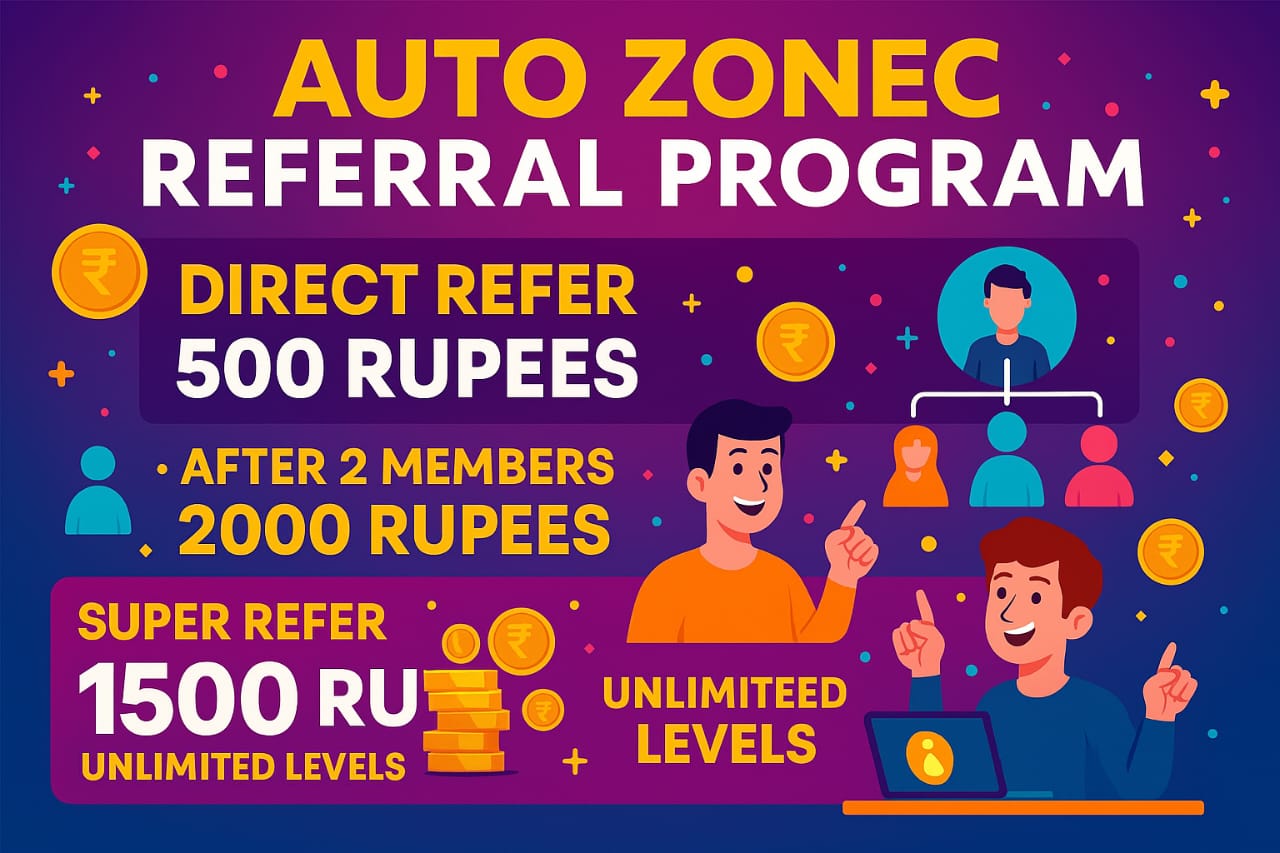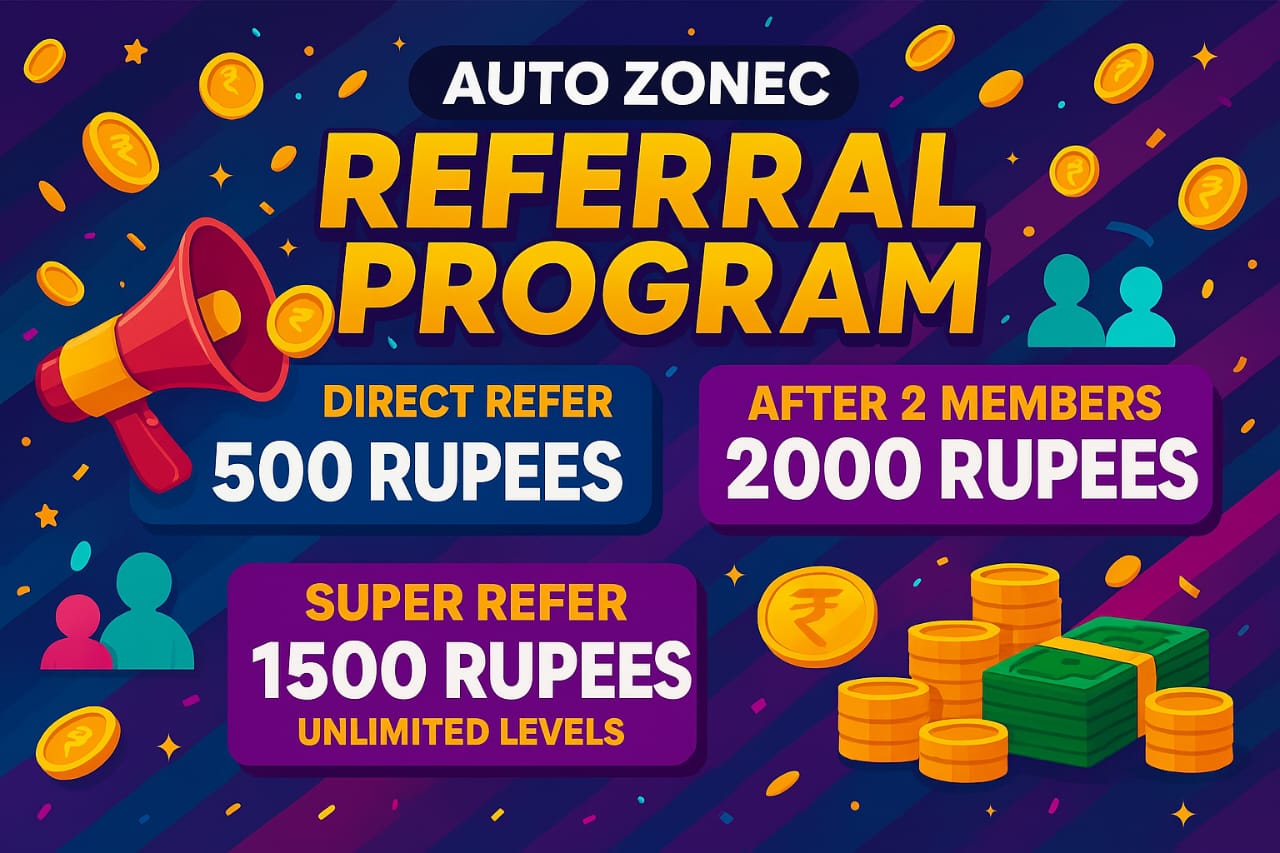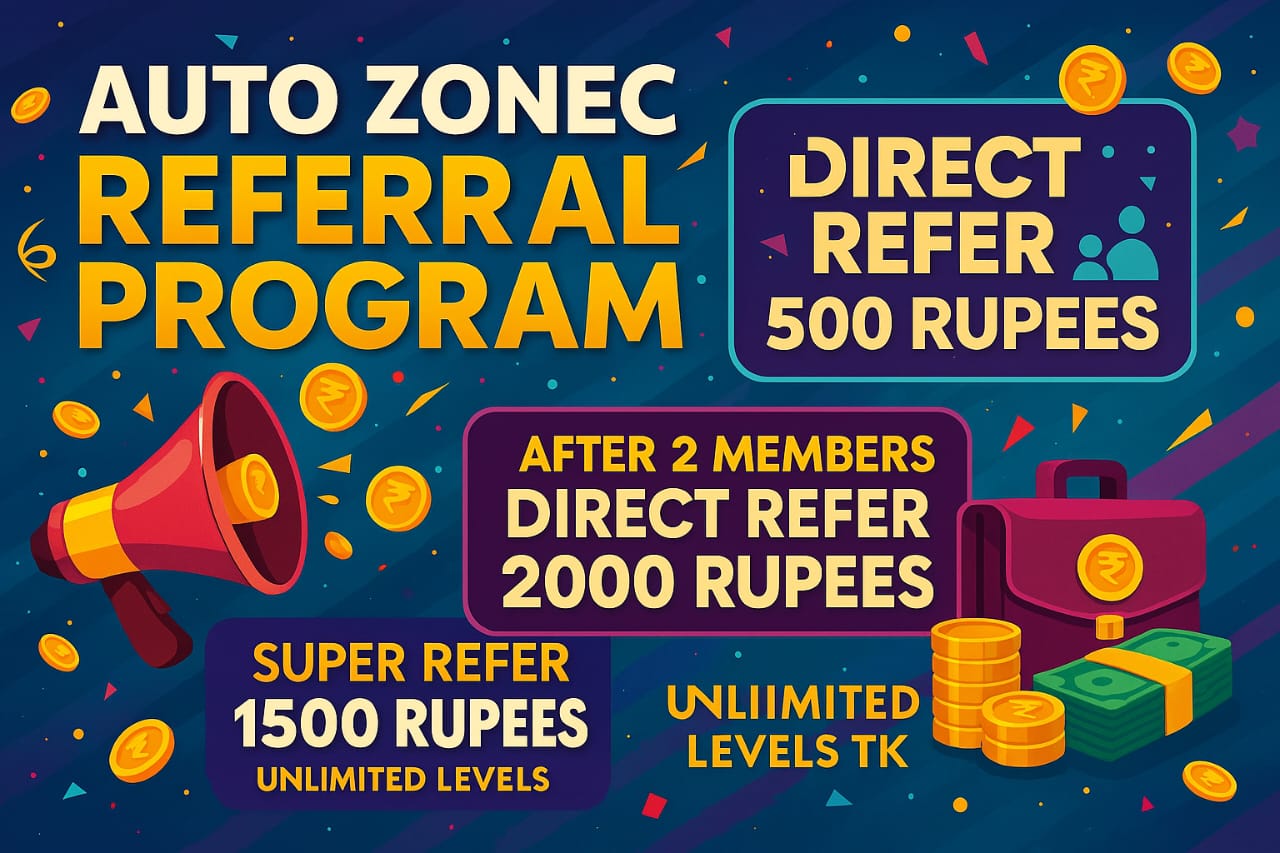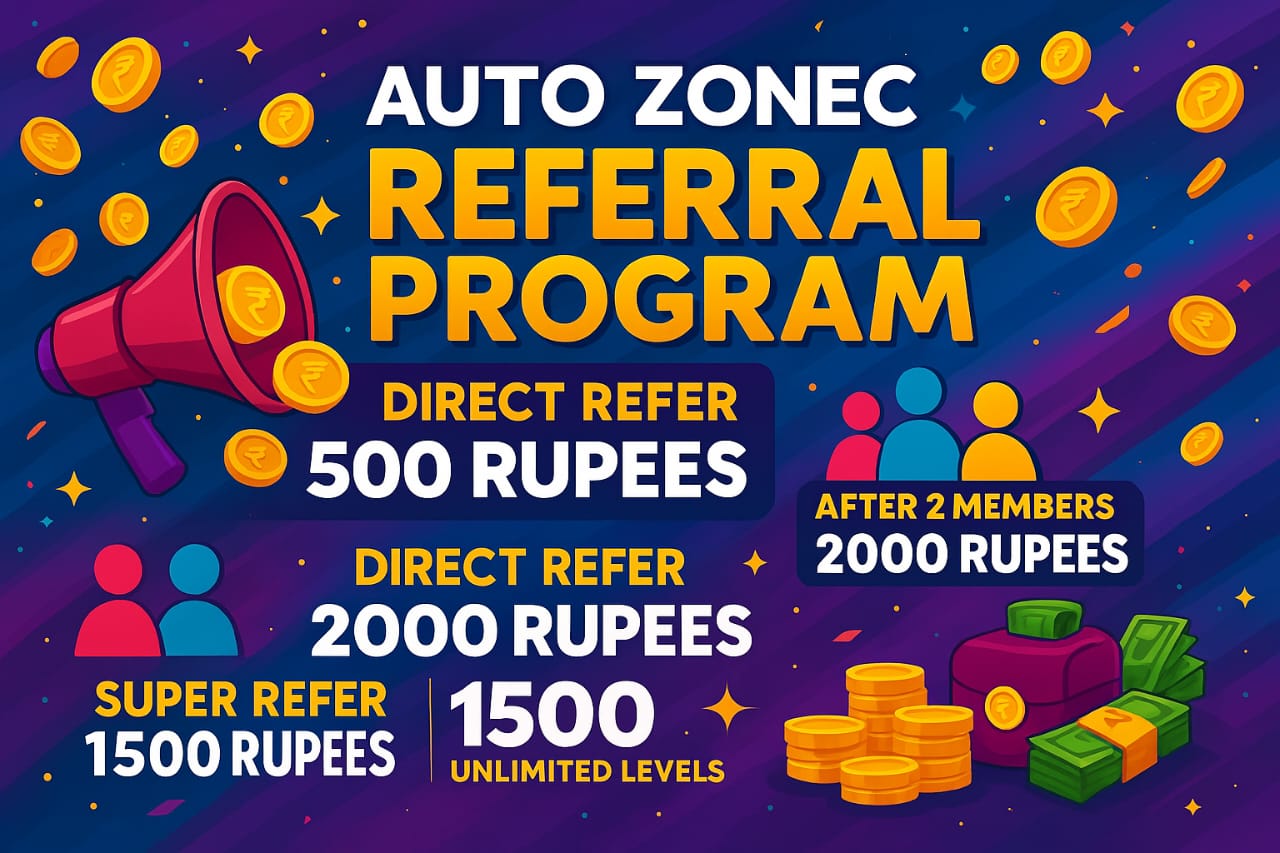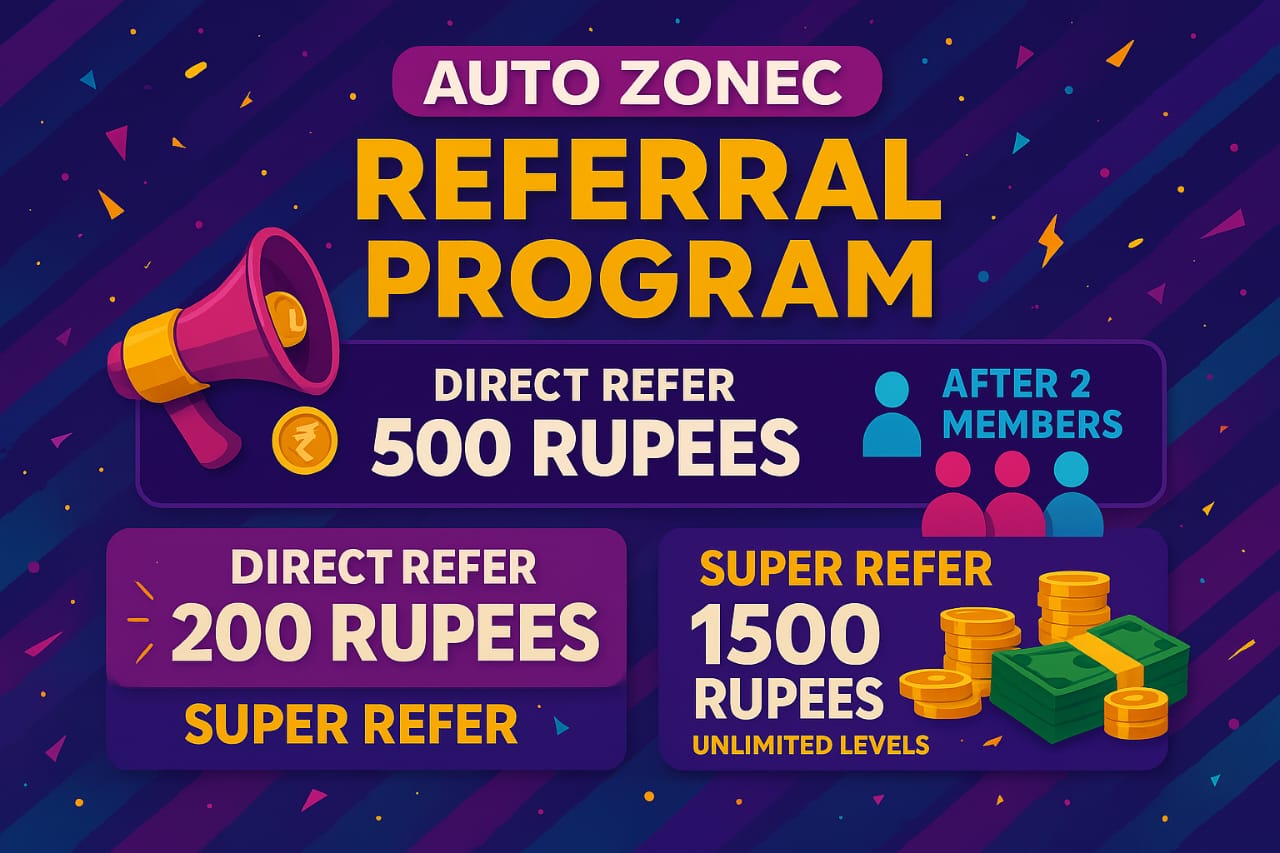
Empowering Education: Unleashing the Potential of Student-Created Content
SEO Description: Unlock the potential of student-created content in education with this groundbreaking book. Discover how authentic learning experiences can revolutionize the way students engage with material, leading to deeper understanding and retention. Order now to transform your classroom and empower your students.
Meta Keywords: Student-created content Authentic learning experiences Revolutionizing education Student empowerment Educational innovation Student voice Active learning Collaborative learning Student engagement Creative expression Personalized learning Student-centered education Project-based learning Digital storytelling Student agency st-century skills Technology integration Critical thinking Problem-solving Student creativity Peer collaboration Student leadership Educational transformation Student motivation Experiential learning
The Untapped Power of Student-Created Content: Revolutionizing Education Through Authentic Learning Experiences
Introduction
In today's digital age, traditional methods of education are being challenged as educators and students alike seek new ways to engage with learning. One powerful tool that has emerged is student-created content, where students take an active role in producing educational materials. This not only empowers students to take ownership of their learning but also provides authentic learning experiences that are relevant and engaging.
By tapping into the creativity and knowledge of students, educators can revolutionize the way education is delivered and received. This blog post will explore the untapped power of student-created content and how it can transform the educational landscape.
The Benefits of Student-Created Content
When students are given the opportunity to create their own content, whether it be videos, podcasts, blogs, or other forms of media, they are able to showcase their understanding of the material in a unique and personalized way. This process not only reinforces their learning but also allows them to demonstrate their creativity and critical thinking skills.
1. Ownership of Learning
When students create their own content, they become active participants in the learning process. They are no longer passive recipients of information but instead take on the role of creators and producers. This sense of ownership can lead to increased motivation and engagement, as students are invested in the outcome of their work.
2. Authentic Learning Experiences
Student-created content provides authentic learning experiences that are rooted in real-world applications. By creating content that is relevant to their lives and interests, students are able to see the practical implications of their learning. This hands-on approach not only deepens their understanding of the material but also prepares them for future challenges and opportunities.
The Benefits of Student-Created Content
There are numerous benefits to incorporating student-created content into the educational experience. Here are just a few:
1. Increased Engagement
When students are given the opportunity to create content, they are more engaged in the learning process. They are no longer passive recipients of information but active participants in their own education. This increased engagement can lead to greater understanding and retention of the material.
2. Personalized Learning
Student-created content allows for a more personalized learning experience. Students can choose topics that are of interest to them, allowing them to explore their own passions and curiosities. This can lead to a deeper understanding of the material and a greater sense of ownership over their learning.
3. Critical Thinking Skills
Creating content requires students to think critically about the material they are studying. They must analyze, synthesize, and evaluate information in order to create something new. This can help to develop important critical thinking skills that are essential for success in school and beyond.
4. Collaboration and Communication
Many student-created content projects require collaboration with peers. This can help students develop important teamwork and communication skills. They must learn to work together, delegate tasks, and communicate effectively in order to create a successful final product.
How to Incorporate Student-Created Content into the Classroom
There are many ways to incorporate student-created content into the classroom. Here are a few ideas to get you started:
1. Blogging
Encourage students to create their own blogs where they can write about topics that interest them. This can help them develop their writing skills and express their thoughts and ideas in a creative way.
2. Podcasting
Have students create podcasts where they discuss a topic related to the material they are studying. This can help them develop their speaking and presentation skills while also allowing them to explore the material in a new and engaging way.
3. Video Projects
Ask students to create videos that explain a concept or demonstrate a skill. This can help them develop their visual and multimedia skills while also deepening their understanding of the material.
4. Social Media Campaigns
Have students create social media campaigns to raise awareness about an issue or promote a cause. This can help them develop their digital literacy skills while also making a real-world impact.
Conclusion
Student-created content has the power to revolutionize education by providing authentic learning experiences that engage students in meaningful ways. By incorporating student-created content into the classroom, educators can increase engagement, personalize learning, develop critical thinking skills, and foster collaboration and communication. It is time to tap into the untapped power of student-created content and unleash the full potential of our students.
The Power of Student-Created Content in Education
Student-created content has the potential to revolutionize education by providing authentic learning experiences that engage students in a way that traditional methods cannot. When students are given the opportunity to create their own content, they become active participants in their learning, rather than passive receivers of information. This hands-on approach allows them to apply their knowledge in real-world contexts, fostering a deeper understanding of the material.
Benefits of Student-Created Content
There are numerous benefits to incorporating student-created content into the classroom. Some of these benefits include:
- Increased engagement: When students are given the opportunity to create their own content, they are more likely to be engaged in the learning process.
- Personalized learning: Student-created content allows students to explore their own interests and passions, making learning more personalized and meaningful.
- Develops critical thinking skills: Creating content requires students to think critically about the material they are learning and how best to present it to others.
- Promotes collaboration: Working on content creation projects with their peers encourages collaboration and teamwork.
Examples of Student-Created Content
There are many different types of student-created content that can be incorporated into the classroom. Some examples include:
- Blog posts: Students can write blog posts on a topic of their choice, sharing their knowledge and insights with a wider audience.
- Podcasts: Students can create podcasts on a particular subject, conducting interviews with experts or discussing their own research.
- Videos: Students can produce videos that demonstrate their understanding of a concept or showcase a project they have been working on.
- Infographics: Students can create infographics to visually represent data or information in a clear and engaging way.
Implementing Student-Created Content in the Classroom
There are several ways that educators can incorporate student-created content into their teaching practices. Some strategies to consider include:
Project-based learning:
Assigning students projects that require them to create their own content is an effective way to promote student engagement and learning. Projects can be tailored to suit the interests and abilities of individual students, allowing them to take ownership of their learning.
Technology integration:
Utilizing technology tools such as blogging platforms, podcasting software, and video editing programs can make it easier for students to create and share their content. These tools can also help students develop valuable digital literacy skills that are essential in today's world.
Peer review and feedback:
Encouraging students to provide feedback on each other's content can help them improve their work and develop their critical thinking skills. Peer review also promotes collaboration and communication among students.
Conclusion
Student-created content has the power to revolutionize education by providing authentic learning experiences that engage students in a way that traditional methods cannot. By incorporating student-created content into the classroom, educators can promote student engagement, personalized learning, critical thinking skills, and collaboration. With the right support and resources, student-created content has the potential to transform the way we approach education and empower students to take control of their own learning.
In addition to fostering creativity, student-created content also encourages collaboration and teamwork. When students work together to create projects, they are able to share ideas, problem-solve, and communicate effectively. This not only enhances their social skills but also prepares them for real-world situations where collaboration is essential. By working together on projects, students learn to respect each other's opinions, compromise, and work towards a common goal. This type of teamwork is invaluable in today's society where collaboration is key in many industries. Furthermore, student-created content allows for a more personalized and meaningful learning experience. When students are given the opportunity to choose what they want to create and how they want to present their ideas, they become more engaged and invested in their work. This personal investment leads to a deeper understanding of the material and a greater sense of accomplishment. By allowing students to take ownership of their learning, educators can help them develop a sense of autonomy and independence that will serve them well in their future endeavors. Another benefit of student-created content is that it provides teachers with valuable insights into their students' learning process. By observing how students approach a project, what challenges they face, and how they overcome them, educators can gain a better understanding of each student's strengths and weaknesses. This information can then be used to tailor instruction to better meet the needs of individual students. Additionally, student-created content allows teachers to assess students' understanding of the material in a more authentic way. Instead of relying solely on traditional assessments like tests and quizzes, educators can evaluate students based on their ability to apply their knowledge in a real-world context. Moreover, student-created content can help bridge the gap between the classroom and the real world. By creating projects that have real-world applications, students can see the relevance of what they are learning and how it can be applied outside of school. This type of authentic learning experience not only makes the material more engaging but also helps students develop the skills they need to succeed in the workforce. Whether it's creating a marketing campaign for a local business or designing a community service project, student-created content allows students to see the impact of their work and how it can make a difference in the world around them. In conclusion, student-created content has the power to revolutionize education by providing students with authentic learning experiences that foster creativity, collaboration, and personalization. By allowing students to take ownership of their learning and create projects that are meaningful and relevant, educators can help students develop the skills they need to succeed in the 21st century. With the right support and resources, student-created content has the potential to transform the way we educate our youth and prepare them for a future full of possibilities.Case Studies
Case Study 1: Flipped Classroom with Student-Created Videos
In a high school science class, the teacher implemented a flipped classroom model where students were required to watch instructional videos created by their peers at home. The students were then tasked with applying what they learned in the videos to hands-on experiments during class. This approach not only increased student engagement but also improved their understanding of the material as they were actively involved in creating and consuming content.
Case Study 2: Student-Designed Projects in History Class
In a middle school history class, the teacher allowed students to choose a historical event or figure to research and create a multimedia project on. The students had to write scripts, film videos, and create presentations to share with their classmates. This project-based learning approach not only deepened students' understanding of the subject matter but also fostered creativity and collaboration among the students.
Examples
Example 1: Student-Created Podcasts
In a college communications course, students were tasked with creating their own podcasts on a topic of their choice. This project allowed students to develop their research, writing, and speaking skills while also exploring their interests and passions. The podcasts were then shared with the class and even published on a school website, giving students a sense of pride and accomplishment.
Example 2: Student-Produced News Broadcast
In a high school journalism class, students were given the opportunity to produce a weekly news broadcast for their school. The students had to research, write, film, and edit the news segments, giving them hands-on experience in journalism and broadcasting. The news broadcast became a popular source of information for the school community and helped students develop valuable skills in communication and teamwork.
Conclusion
Student-created content has the power to revolutionize education by providing authentic learning experiences that engage and empower students. By allowing students to take control of their own learning through creating content, educators can tap into their creativity, curiosity, and passion for learning. Whether it's through videos, podcasts, projects, or news broadcasts, student-created content can transform the traditional classroom into a dynamic and interactive learning environment where students are actively involved in their own education.
As educators continue to explore new ways of integrating student-created content into their teaching practices, they will discover the untapped potential of this approach in revolutionizing education and preparing students for success in the 21st century.
Empowering Education: Unleashing the Potential of Student-Created Content
Written by: wikibrand
Published on: April 28, 2025
